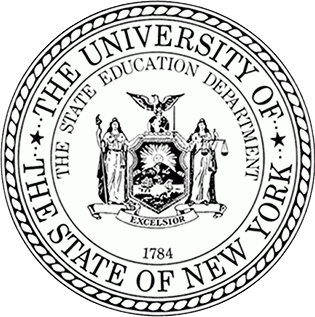FOR IMMEDIATE RELEASE

State Education Department Provides Update on Review of Public Comment on Proposed Regulations for Substantially Equivalent Instruction for Nonpublic School Students
The New York State Education Department today provided an update on its review of public comment on proposed regulations for substantially equivalent instruction for nonpublic school students in New York State. In June, the Department presented proposed regulations relating to the substantial equivalency requirement to the Board of Regents which were published in the State Register and presented for public comment. From July 3, 2019 to September 3, 2019 the Department received over 140,000 comments on the proposed regulations. Department staff have been working to review and assess these extensive comments in the months since.
“Thoughtful feedback is a necessary step in the development of any meaningful public policy and there is no more noble endeavor than providing all of New York’s children with the education they are entitled to under the law,” said Board of Regents Chancellor Betty A. Rosa. “Nonpublic schools play a critical role in our education system and the public feedback related to the proposed regulations demonstrates that we must take a thoughtful and measured approach to this work.”
“The Department appreciates the thoughtful feedback received on the proposed regulations related to substantial equivalency,” said Interim Commissioner Shannon Tahoe. “The Department will continue its review of the comments and based on the breadth of comments received and the varying views expressed, the Department will re-engage stakeholders for further discussion on this important issue.”
Public Comments
Below is a general overview of some of the most common themes that emerged from the public comments reviewed to date:
- Rights: Many commenters stated that the proposed regulation infringes on certain rights for families.
- Religious Beliefs: Some commenters stated that the regulation goes against specific religious beliefs.
- Risk to Nonpublic Schools: Commenters also expressed that the regulations placed too many requirements on nonpublic schools and will detract from their ability to offer unique education experiences.
- Process: Many commenters expressed concern that the proposed regulations including a lack of clear and measurable standards for the review process.
- Unnecessary Regulation: Some commenters expressed that the regulation is unnecessary because if a nonpublic school underperforms, parents have the option to pull their children out.
- Conflict Between Local School Authorities (LSAs) and Nonpublic Schools: Commenters expressed that the proposed regulation will cause increased tensions between LSAs and nonpublic schools.
- Comments in Support: Some commenters expressed support for the proposed regulation including that it is necessary to ensure children receive an adequate education and that secular education is important in a culturally diverse society.
Substantial Equivalency Background
For decades, the New York State Education Department provided guidance for public school officials to determine the substantial equivalency of education provided in religious and independent schools.
Over a two-year period, the Department engaged in a deliberative and thoughtful process to develop updated guidance, issued in 2018, consulting with numerous stakeholders in both the public school and religious and independent school communities. NYSED issued the proposed regulations in response to a ruling from Albany County Supreme Court that the process detailed in the State Administrative Procedure Act must be followed.
The Department published the proposed regulations to implement requirements in state law that students attending nonpublic schools receive at least substantially equivalent instruction to those attending public schools.
The Department will continue its review of public comments. Due to the vast number and wide-ranging scope of the comments received, the Department will also re-engage stakeholders for further discussion on this issue.
Media Contact
Reporters and education writers may contact the Office of Communications by email or phone at:
Press@nysed.gov
(518) 474-1201





